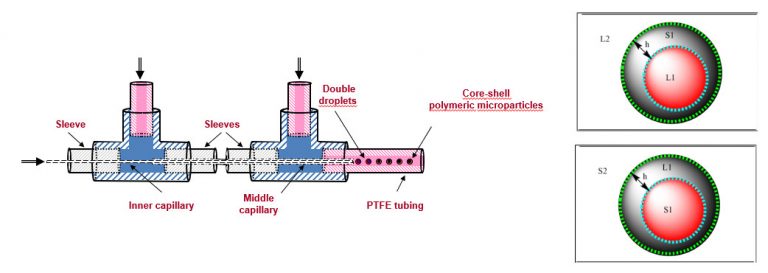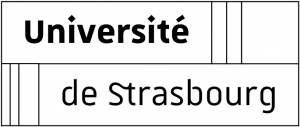Coordination Polymers through Microfluidic System
Project:
Synthesis and morphology control of coordination polymers synthesized in flow systems.
Coordination polymers, resulting from self-assembled building blocks in the presence of metal salts, exhibit promising properties in catalysis, gas absorption, separation, and luminescence. Traditional synthesis methods face challenges in reproducibility and scalability. Microfluidic systems, leveraging small reagent volumes and rapid reactions, offer an innovative approach. Our project aims to create coordination polymers using microdroplets as microreactors, exploring the influence of droplet characteristics on polymer speed and structure. Further, new building blocks with specific properties like chirality or luminescence will be introduced to study their transfer to the macromolecular architecture. While rooted in fundamental research, this project has the potential to yield molecular materials with defined functionality.

Objectives:
Preparation of crystalline materials using a continuous microfluidic system where the droplet plays the role of micro-reactors using 4,4-bipyridine and metallic salts.
Preparation of crystalline materials using a continuous microfluidic system performing Janus and core-shell droplets for the production of self-assembled sphere of coordination polymers.
Axis coordinator & Permanent researcher: Maxime Florent
PhD students: Mahammad Farzani
Master students: (to come)
Partners

University of Strasbourg
Azerbaijan State Oil
and Industry University
How to Reach Us
Located in the second building of UFAZ (sp2)
UFAZ Research Building,
SULEYMAN RUSTAM STR. BAKU.
GPS: 40°22’38.8″N 49°50’46.7″E

